Treatments - Specific dermatology
Pregnant women
Throughout your pregnancy, your body undergoes many changes. Various dermatological manifestations may also appear during this period.
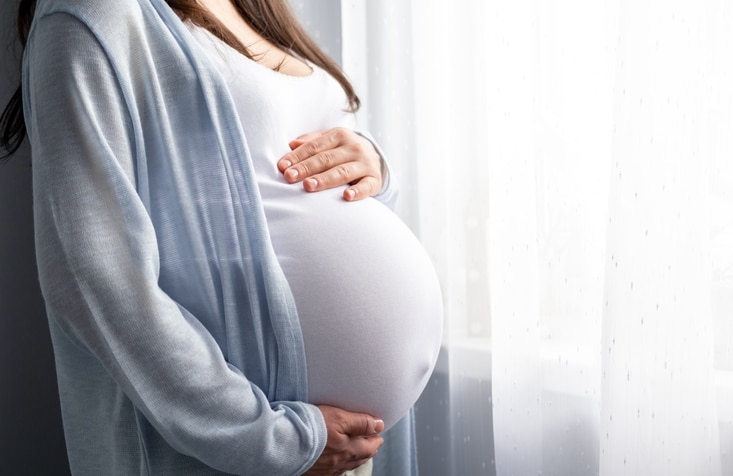
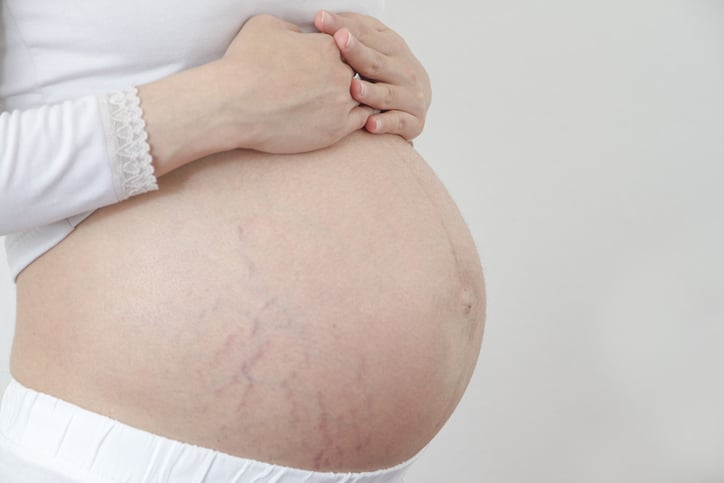

Here are some examples:
Stretch marks
They appear as linear, atrophic striations arranged parallel and symmetrically In teenagers or pregnant women, they can be found on the abdomen, breasts, hips, buttocks or thighs.
Stretch marks are initially purplish red in colour (inflammatory phase) and then turn pearly white (scarring phase).
They mainly appear during adolescence or between the fourth and ninth month of pregnancy, a period when skin distension is rapid.
Stretch marks in pregnant women are linked to mechanical distension but also to hormonal changes (oestrogenic, cortisone, thyroid). Histologically, they correspond to an anomaly in the dermis (collagen and elastic fibres are thinned and arranged in an abnormal way). Stretch marks can disappear partially and spontaneously, but unfortunately they often persist and cause discomfort.
Treatments currently proposed :
- Nd-YAG laser treatment and the FRAXEL laser can significantly improve the appearance of stretch marks (new and old).
Pigmentary disorders
Chloasma, better known as the “pregnancy mask”, is a brownish pigmentation that can be located on the forehead, cheekbones, nose, upper lip or chin.
These pigmentary disorders are linked on the one hand to endogenous hormonal stimuli (estrogen and progesterone in particular) and on the other hand to exogenous factors (sun exposure, application of certain cosmetics).
Avoiding sun exposure and the application of perfumed cosmetics during pregnancy are preventive measures that reduce the risk of chloasma or at least prevent it from worsening.
Chloasma can disappear completely after one year, but in most cases it will require dermatological treatment, such as
- application of depigmenting agents (hydroquinone, corticoids, retinoic acid, kojic acid, etc.),
- Glycolic or other chemical peels.
Hyperpigmentation can also occur in other skin areas: breast areola, anal and genital areas, axillary hollows and midline of the abdomen. This body hyperpigmentation regresses spontaneously after delivery.
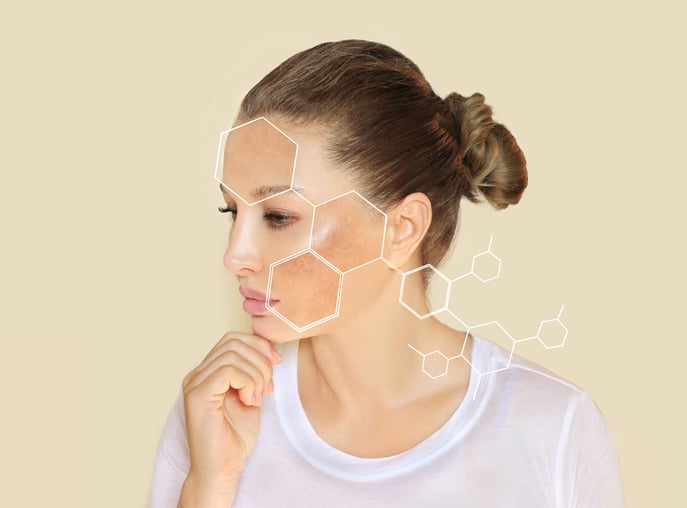
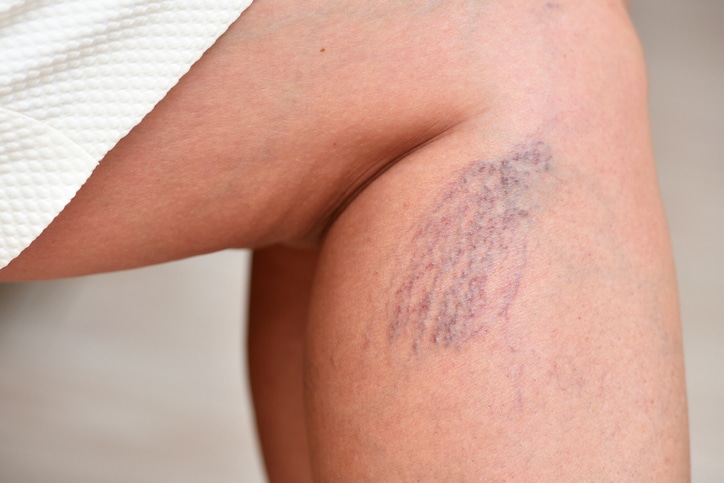
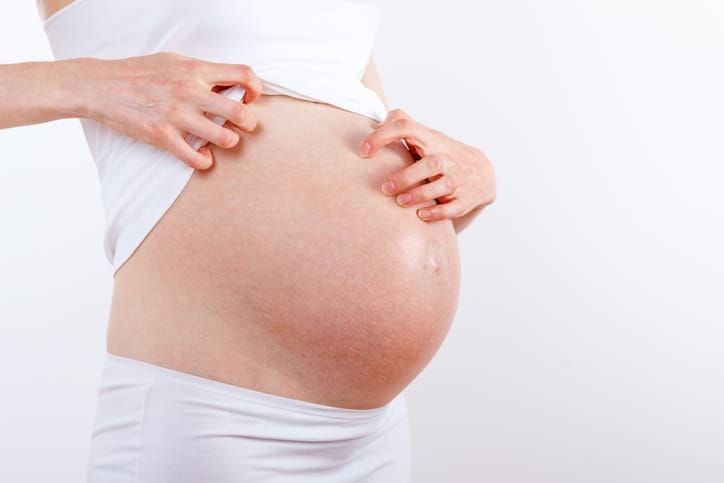
Vascular disorders (varicosities, varicose veins of the lower limbs, haemorrhoids)
Varicose veins can regress after childbirth but often incompletely. This will justify treatment by sclerotherapy or laser treatment.
Pruritus
Pruritus gravidarum occurs mainly in the third trimester and is mainly due to obstruction of the bile ducts with retention of bile secretions, which leads to itching.
It can also be linked to other dermatoses: urticaria, prurigo and exceptionally to a bullous dermatosis called pemphigoid gravidarum.
Itching in pregnancy can be improved by taking antihistamines. Pruritus related to bile duct obstruction can be relieved by taking an oral medication: cholestyramine which prevents the reabsorption of bile salts.


